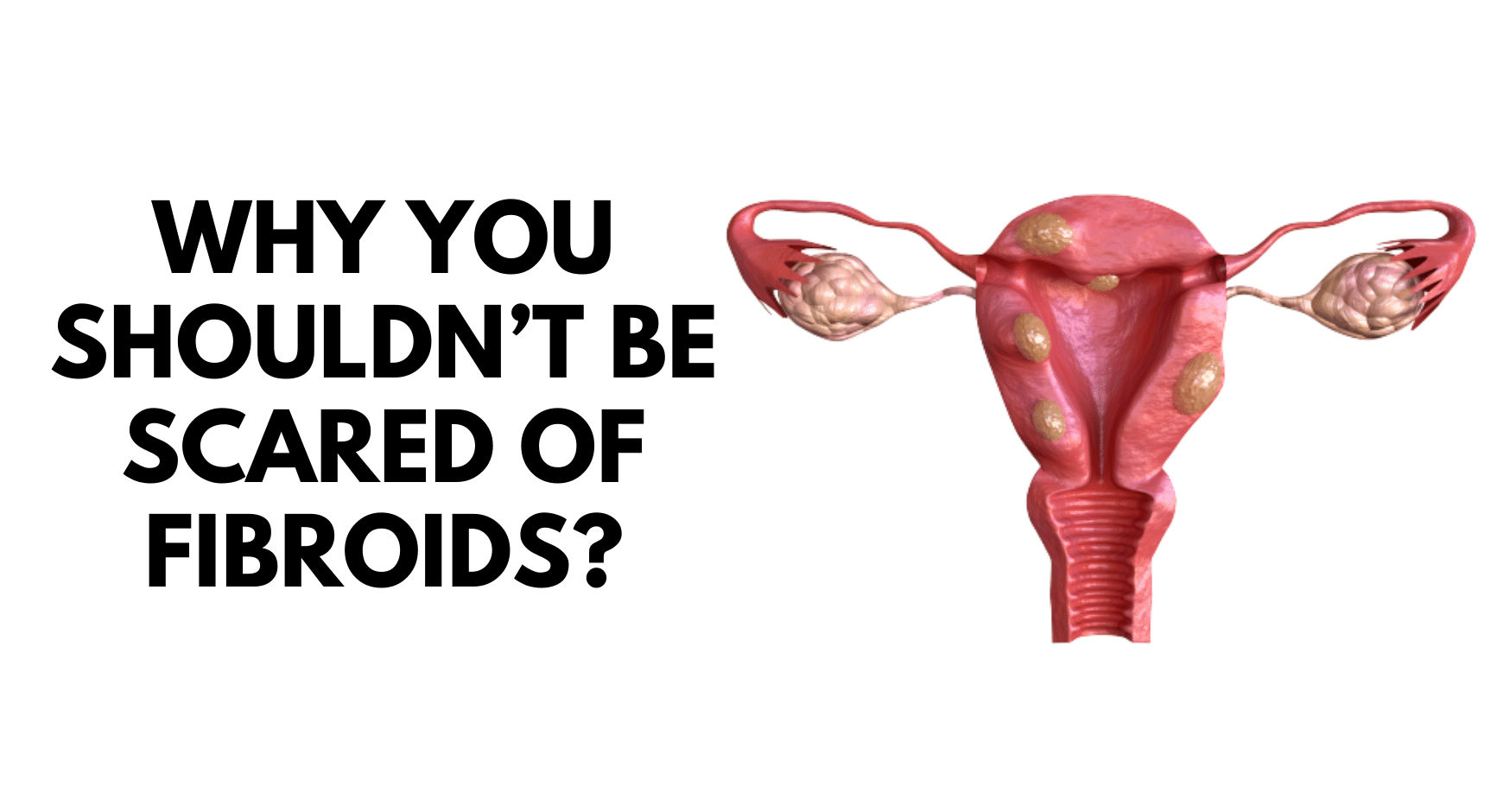Fibroids are the form of noncancerous growth of the uterus that often appears during childbearing years. In most of the cases, fibroids never develop into cancer. A uterus can develop single or multiple fibroids like a rib cage, followed by adding weight to it.
Fibroids are the form of noncancerous growth of the uterus that often appears during childbearing years. In most of the cases, fibroids never develop into cancer. A uterus can develop single or multiple fibroids like a rib cage, followed by adding weight to it.
Multiple names of Fibroids:
Myomas
Leiomyomas
Uterine Myomas
Fibromas
Types of Fibroids
The type of fibroids depends on its location, within or on the uterus.
Intramural Fibroids
Intramural fibroids are termed as the most common type of fibroid. These types of fibroids start appearing within the muscular wall of the uterus. Intramural fibroids may increase their size slowly and can stretch the womb.
Subserosal Fibroids
The subserosal fibroids appear on the outside of your uterus, which is termed as serosa. These fibroids may grow large enough to make your womb appear bigger on one side.
Submucosal Fibroids
The middle muscle layer gets affected by submucosalfibroids. These fibroids are not as common as other fibroids.
Pedunculated Fibroids
Pedunculated tumours can develop a type of stem, a thin base that may support the tumour. When they start supporting tumour, they become pedunculated fibroids.
What causes uterine fibroids to grow?
There is no certain reason explained by doctors, but the suspected reasons include:
Hormones
Ovaries produce two hormones; estrogen and progesterone, what causes the uterine lining to regenerate during each menstrual cycle and hence may stimulate the growth of fibroids.
Pregnancy
Pregnancy brings the increased production of estrogen and progesterone in your body. And this is the reason fibroids may develop and grow rapidly during pregnancy.
Family History
One of the biggest causes, fibroids may occur due to genetic reason. If your mother or grandmother carried fibroids in their time, there are chances of having the same in you as well.
Who is at risk of getting fibroids?
Women with the following conditions are at higher risk of getting fibroids:
Pregnancy
Women with excessive body weight
Age of 30 or older
Symptoms of Fibroids or time to see a doctor
Symptoms always depend on the number of tumours you have as well as their location on the uterus and their size too.
Pain in the pelvis or lower back
The increased amount of urination
Heavy bleeding during periods
Pain during intercourse
Menstruation may last longer than usual
Inflammation around the abdomen
When to see a doctor?
Constant pelvic pain
Periods stay longer than usual
Difficulty emptying bladder
Low Red Blood Cell count
Treatments for fibroids
Doctors may suggest different medications and exercises for the treatment of fibroids, depending on your age and other health conditions
A female urologist doctor can also suggest you for the following home remedies and natural treatments:
Acupuncture
Yoga
Message
Gui Zhi Fu Ling Tang
Avoiding meats and high-calorie food also helps in treating fibroids.
Oncologists use three major tools to treat a patient of cancer, which includes surgery, chemotherapy, and radiotherapy. The treatment varies according to the part of the body affected by cancer and its type. Majorly, in the early stages, cancer can easily be treated by single modal or therapy.
At Signature’s super speciality unit of Cancer Care, patients get latest and modern cancer treatment facilities with state of the art infrastructure. A team of expert doctors and best-knowledgeable Oncologists performs Surgical Oncology, Radiation Oncology, and Medical Oncology ,Targeted Therapy and Surgery with the support of top-notch medical equipment and facilities.
Managing stress levels and weight also benefits women with fibroids. One of the best female urologists in Signature Hospital of Gurgaon, Haryana offers class-leading treatments for fibroids in the uterus





